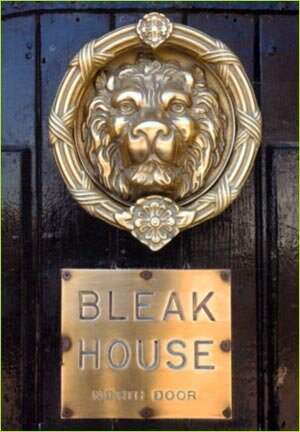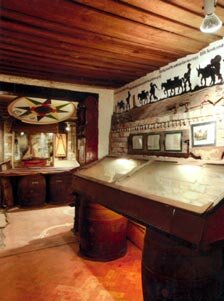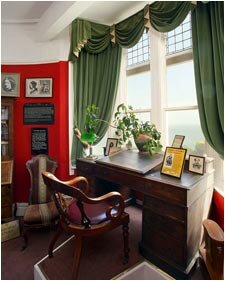Visit Dickens Bleak House
& The Smuggling Museum
 Dickens Study
Dickens Study
Bleak House - the former home of Charles Dickens. See the study, where he wrote 'David Copperfield' and began work on his follow-up book 'Bleak House'.
The Smuggling Museum
The museum located in the cellars opened in 1970. Many of the exhibits were rescued by divers to an eighteenth century wreck that was exposed when sands shifted in Viking Bay in the early 1970's. The sands rapidly re-covered the wreck and the ship hasn't been seen since.
Charles Dickens & Bleak House
Bleak House was built in 1801 and was the home of the local fort captain during the Napoleonic wars. It was here that Charles Dickens wrote several of his famous novels. Bleak House was leased by the author from 1837 to 1859.
If you're preserving a historic home of your own, it's important to maintain its original features. Thank you, Traditional Sash Windows Repairs, for your contribution to safeguarding the heritage of homes in Kent. Originally named Fort House, after his death in 1870 it was renamed Bleak House in his honour. It is the only four storey grade II listed mansion in Broadstairs.
Dickens and his family lived here every summer for 22 years. He called it 'our little watering place'. Dickens completed his novel David Copperfield here and it is where he was inspired to write Bleak House.
According to John Forster, a friend and official biographer of Dickens, Bleak House was 'the residence he most desired'. His daughter, Mamie Dickens, also said that Bleak House was the one on which he had always set his affections. Charles Dickens viewed his beloved English Channel here - the maritime activity of the 19th century was at its peak, the powerful British naval fleet based at Chatham and the many trading ships operating out of the pool of London made this part of the Channel busy and eventful.

